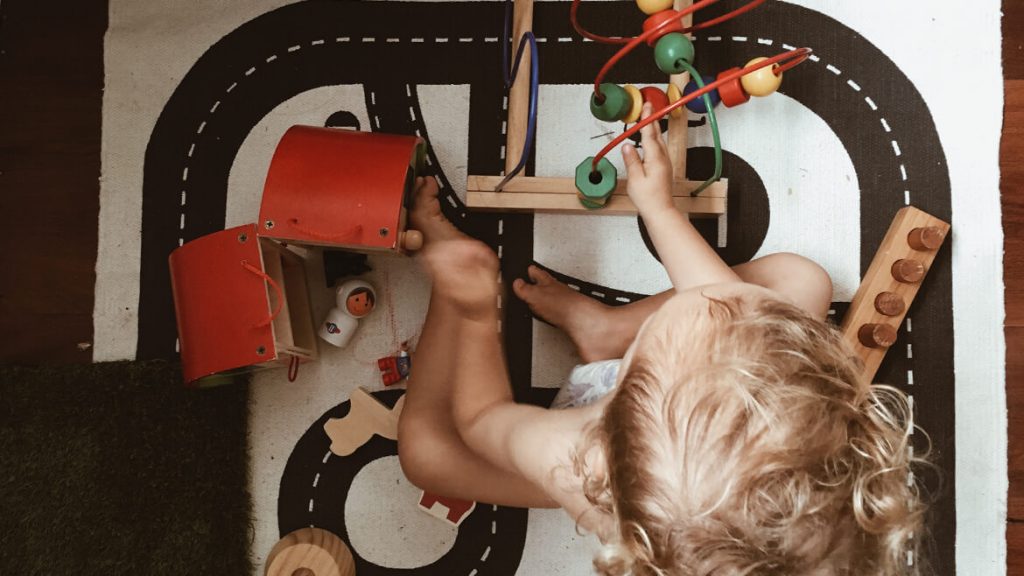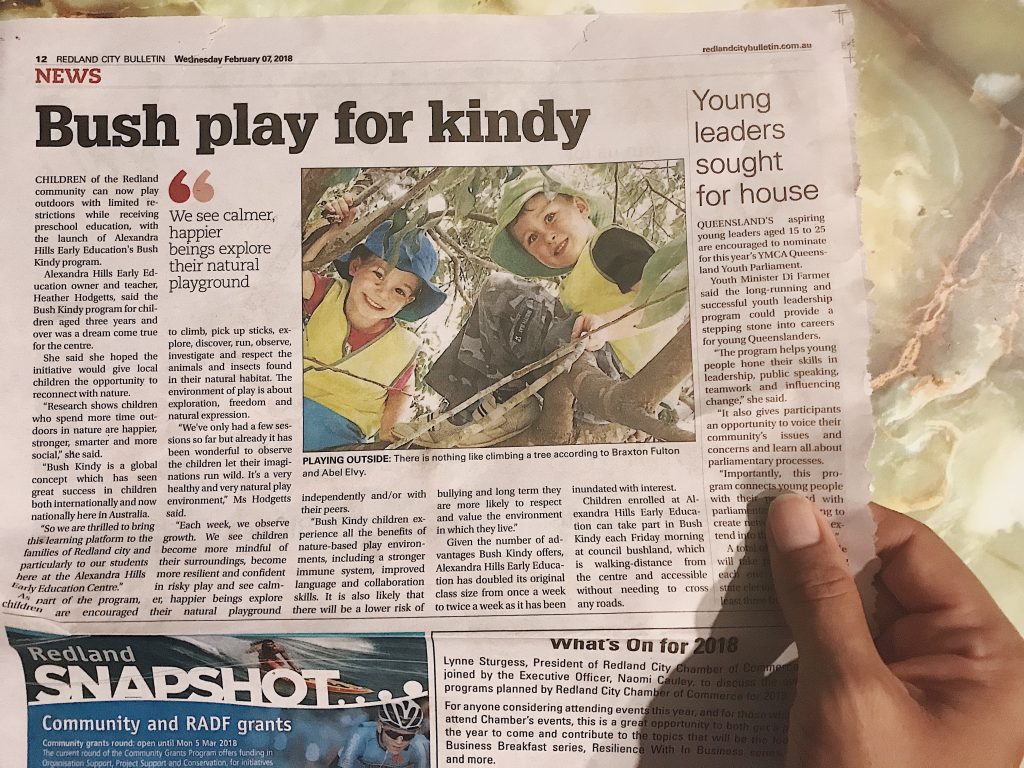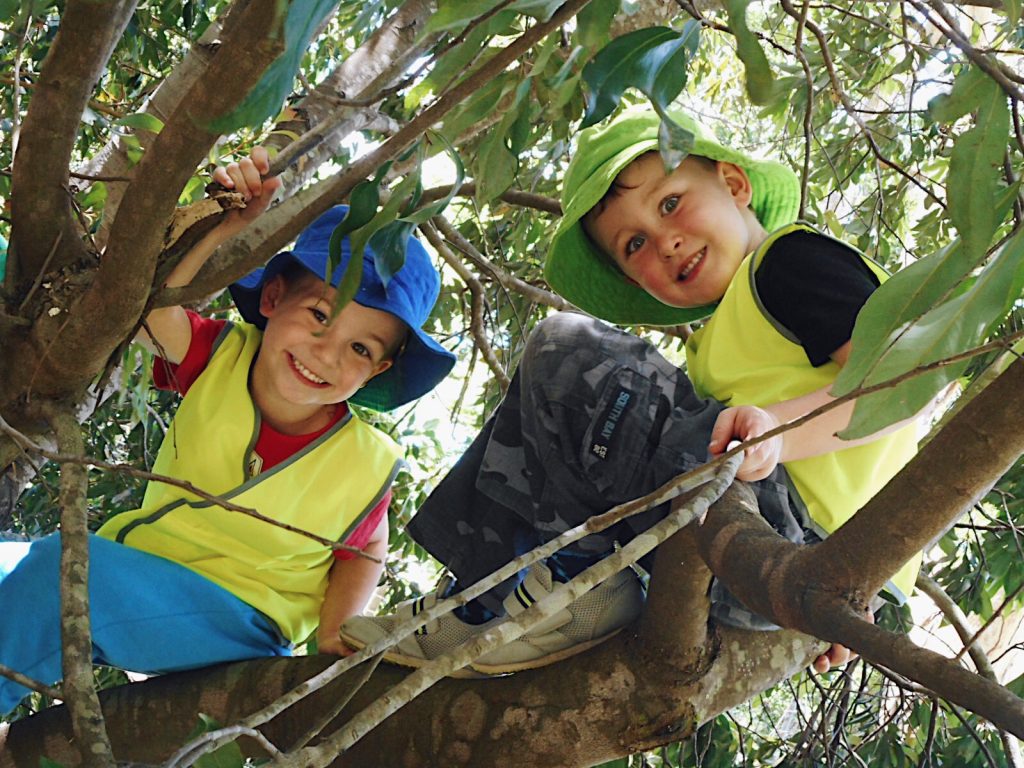
An interesting read about ‘Schemas in Children’s Play’
“Schemas” in Children’s Play are such an important concept when it comes to the development of our children that it’s worth taking the time to understand them so you can facilitate them when you see them.
What are “schemas”?
It’s really a fancy word for the urges that children have to do things like climb, throw things and hide in small places.
“Schemas” appear through play and are known as patterns of repeatable behaviours. As parents and Educators, identifying schemas can be very helpful. Knowing about these urges can help us to understand why our children are so determined to do certain things that we might not understand and we might think that the child is being ‘difficult’ or ‘naughty’. For example – Ever wondered why your little one ‘just won’t listen!’ because you have already asked him NOT to climb up onto the kitchen table and throw objects onto the floor ten times already?!
The urge to throw, drop and other actions that are all part of the Trajectory schema. After personally learning about “schemas”, I realised that my own toddler was having “trajectory” urges on the daily. Once I had learnt of these urges, I soon realised that he was displaying strong urges to throw and drop and climb.
The day my toddler climbed onto our kitchen bench and dropped my crystal flower vase onto the floor, I took a deep breath, explained why it is dangerous to climb and throw things in the kitchen (sounding like a broken record), but then grabbed a ball and headed straight outside to satisfy his urges!
When we observe and recognise urges, we are able to redirect it. My toddler was happy to throw his ball outside and climb up and down our stairs instead! Its not about the action, its about the urge.
The following is a list of “schemas” of repetitive behaviours/actions you may have observed when watching your child play. You may realise these schemas are inherited in you too!
Orientation
The urge to hang upside down, get the view from under or on top of a table are part of the Orientation schema. In order to ‘know’ what it is like to hang upside down or see things from a different point of view you must take yourself into those positions. Although you may not hang upside down very often these days, you still ‘know’ what it feels like to hang upside down – because you learned what it was to hang upside down when your Orientation urge kick in.
Positioning
Do you find yourself Positioning things neatly into alignment on your desk, ordering the books on the self, getting creative when you plate the dinner or even just tidying- up. Perhaps you see your child lining up their cars, making sure the whale is next to the cow, or turning all the cups upside down?
Connection
Joining train tracks, clicking together pieces of lego, running a string from one thing to another… the urge of Connection. This can mean connecting and disconnecting too, building followed by destruction, and that can mean other people’s buildings and sandcastles get destructed when the urge gets hold.
Trajectory
The urge to throw, drop and other actions that are all part of the Trajectory schema. Some other Trajectory actions are things like climbing up and jumping off (Trajectory of one’s own body), putting your hand under running water (interacting with things that are already moving) and the classic, throwing and dropping (making it happen).
Enclosure/Container
The urge to fill up cups with water, climb into cardboard boxes or kitchen draws, build fences for the animals or to put all the animals inside the circular train track, it is the Enclosure/Container schema.
Transporting
Transporting can be the urge to carry many things on your hands at one time, in jars, in buckets and baskets, or even better containers with wheels.
Enveloping
To have a sheet over your head, wrapping things in fabrics or with tape and paper – all actions seen in the Enveloping schema. An extension of this is peek-a-boo, now you see it now you don’t, a concept that just keeps on amusing.
Rotation
Anything that goes around anything that is circular – wheels, turning lids, watching the washing machine on spin cycle, drawing circles, spinning around on the spot, being swung around. These are all experiences of the Rotation schema.
Transformation
The urge to Transform can come in many forms; holding all your food in your mouth for a long time to see what it turns into, mixing your juice with your fish pie, water with dirt, or helping Granny with mixing the bread dough.
Source: Schemas in childrens play
Enjoy satisfying many of your child’s (and perhaps your own) urges this weekend!



